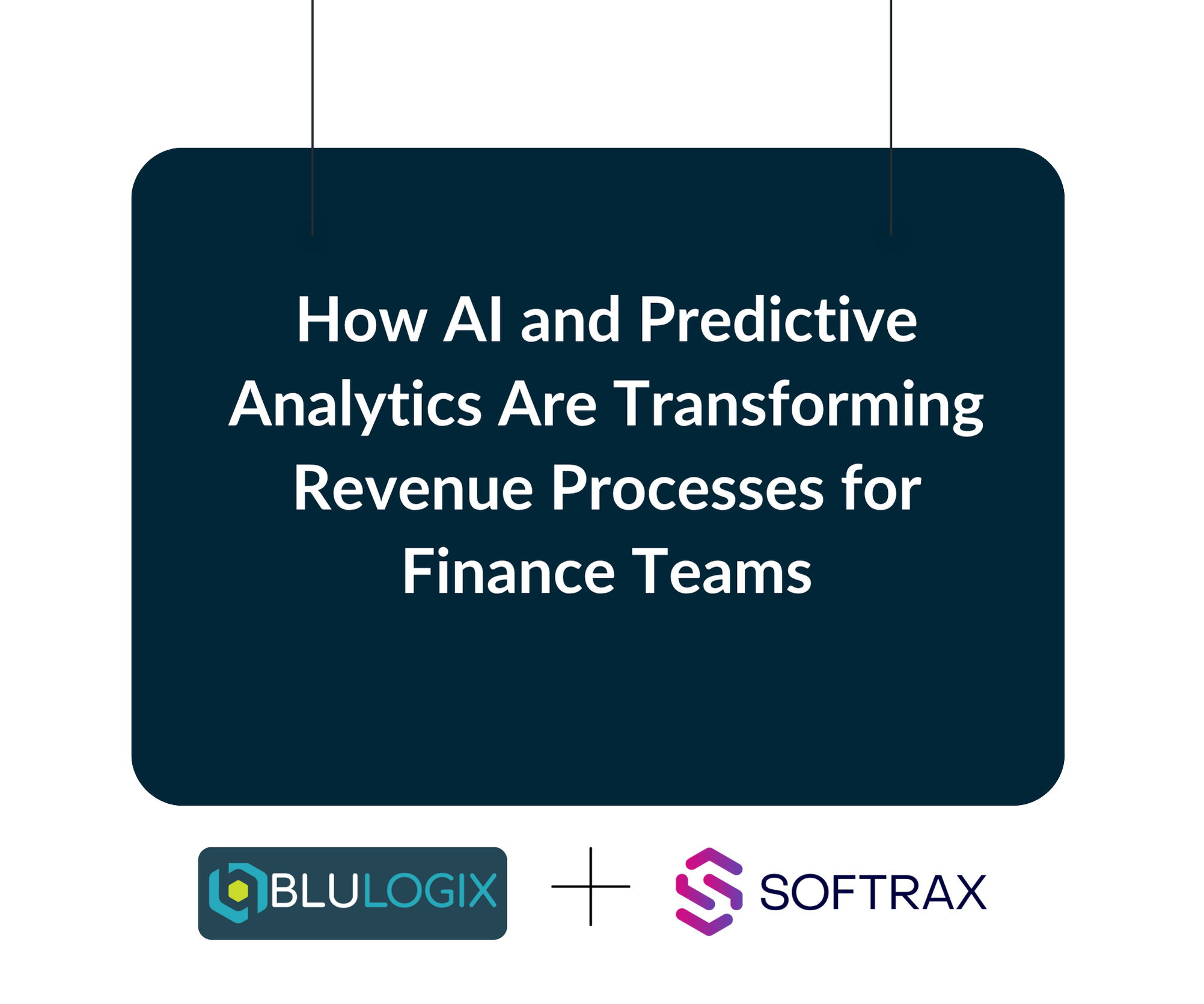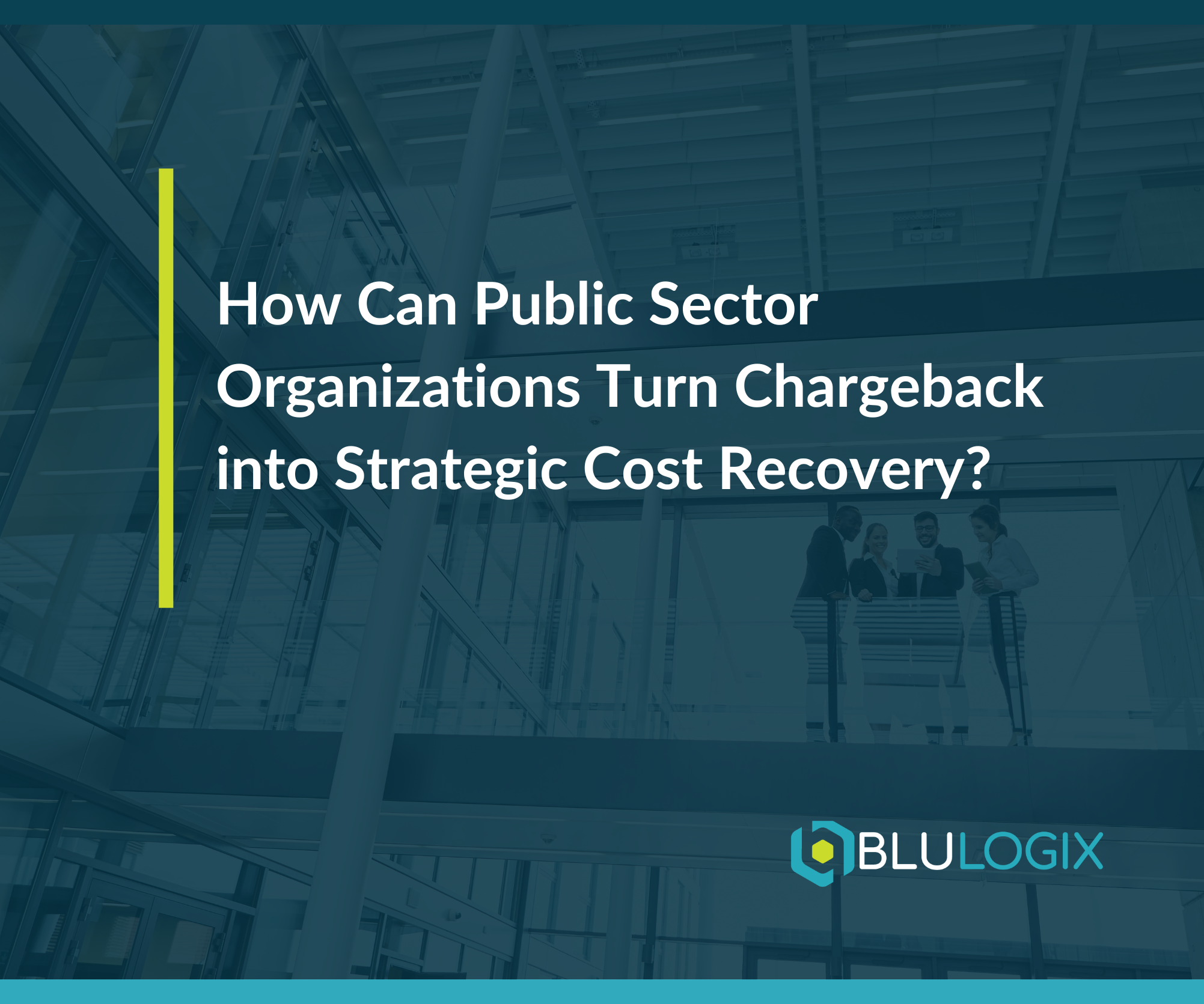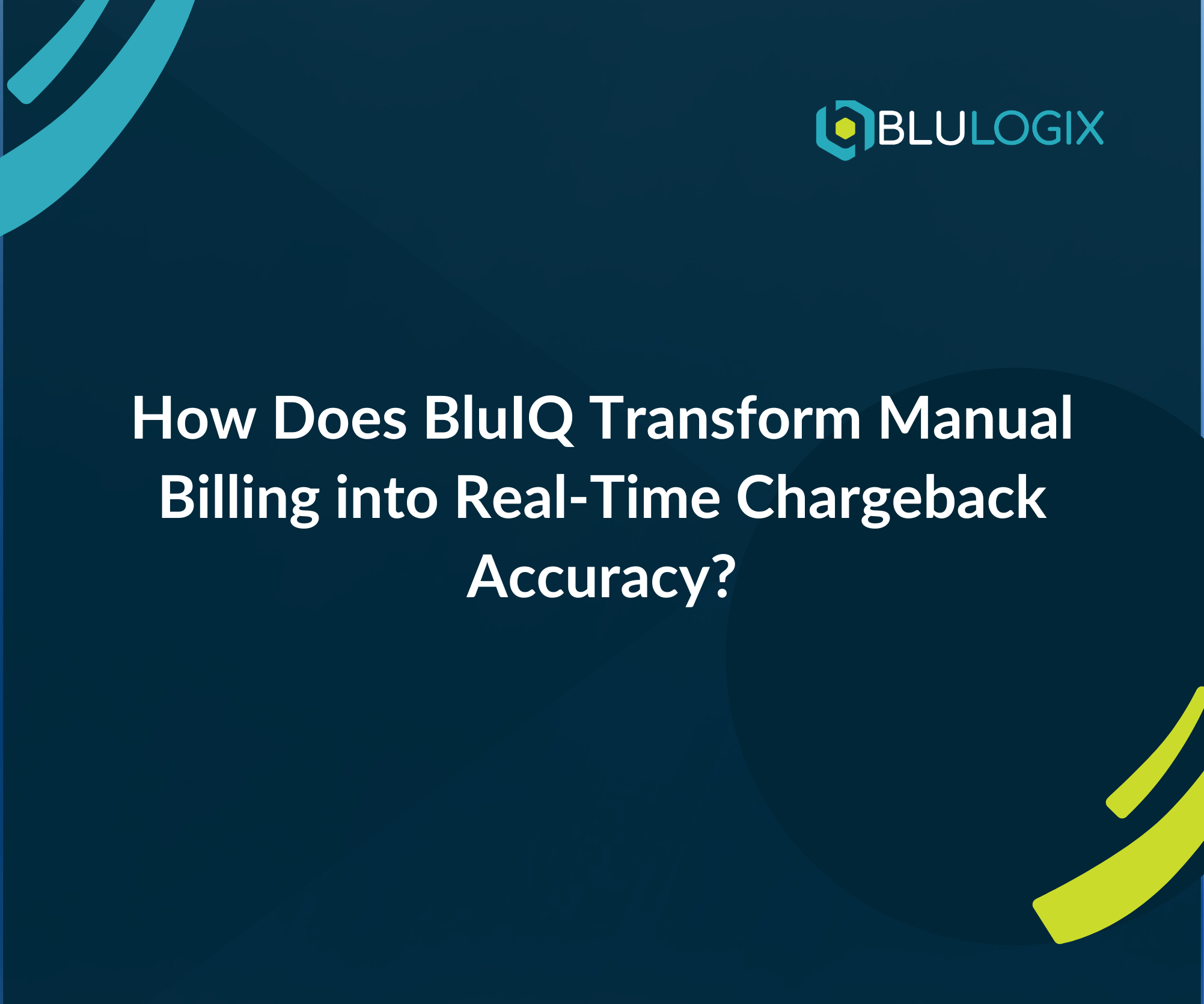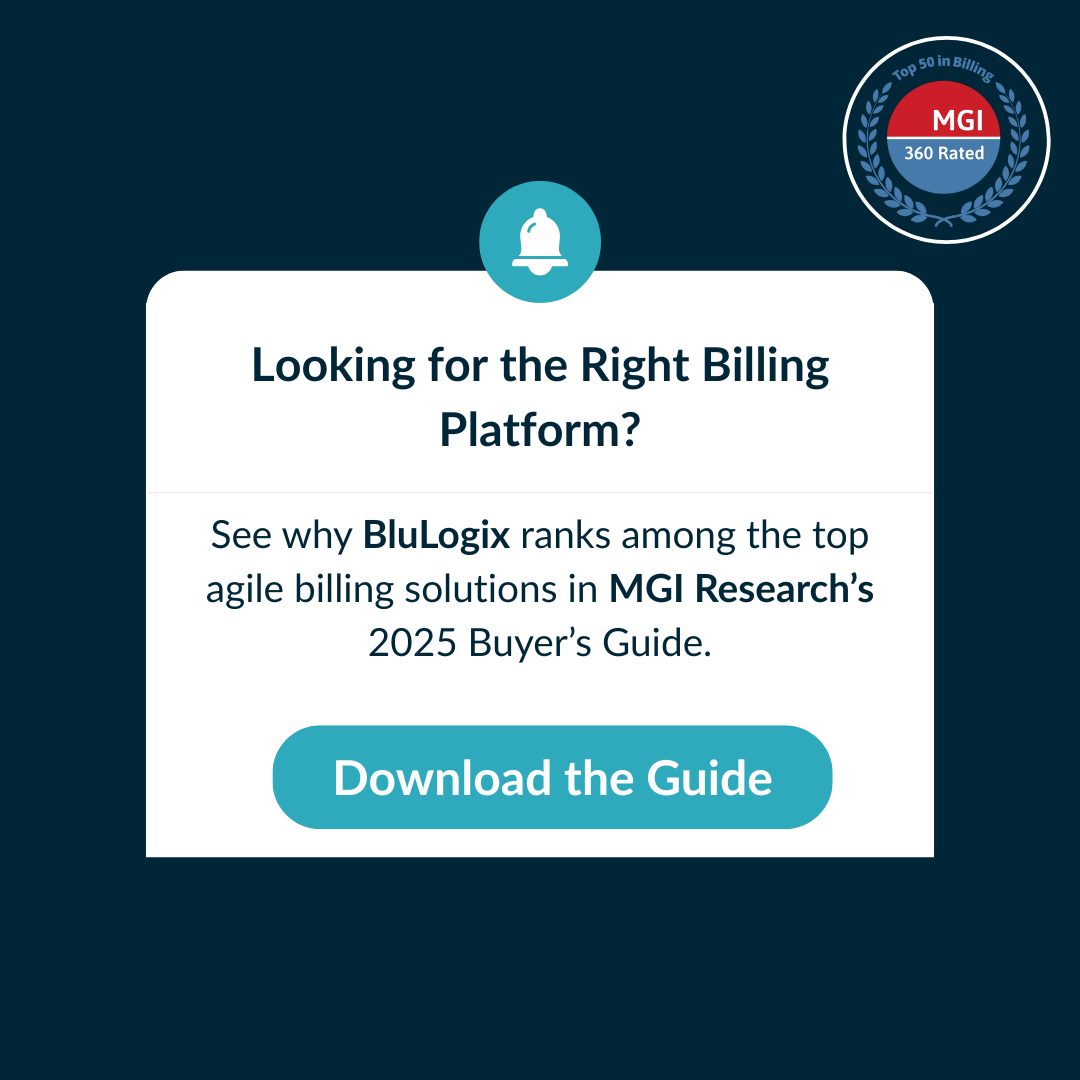Streamlining Success: Five Keys to Automating Usage-Based Billing for SaaS
Don’t forget to sign up now to learn more about how to implement usage based pricing models in our upcoming webinar with MGI Research. Register now!
Introduction
In the fast-paced world of Software-as-a-Service (SaaS), agility and scalability are essential for success. As SaaS providers seek to meet the ever-changing demands of customers, one billing model has emerged as particularly effective: usage-based billing. This flexible approach allows customers to pay for exactly what they use, making it both customer-centric and profitable. However, to fully capitalize on usage-based billing, SaaS providers need efficient automation. In this blog post, we’ll explore five key strategies for streamlining success in automating usage-based billing for SaaS.
A collection of recorded webinars and videos on Software-as-a-Service and Subscription Management
1. Centralized Data Collection and Metering
The foundation of usage-based billing is accurate data collection and metering. To automate this process effectively, you need a centralized system that can gather usage data from various sources, such as applications, APIs, or IoT devices. Here’s how to achieve this:
Unified Data Platform: Implement a unified data platform that can collect, normalize, and store usage data in real-time. This platform should be capable of handling data from diverse sources and formats.
Scalability: Ensure that your data collection system is scalable to handle increased data volumes as your customer base grows. Cloud-based solutions often provide the necessary scalability.
Monitoring and Alerts: Implement robust monitoring and alert systems to identify and address data collection issues promptly. Proactive monitoring is key to maintaining data accuracy.
2. Data Normalization
Usage data from various sources often arrives in different formats, making normalization a critical step in the automation process. Normalization involves converting data into a standardized format for easier processing. Consider these best practices:
Normalization Rules: Create a set of normalization rules to transform incoming data into a consistent format. These rules should be adaptable to accommodate new data sources.
Automated ETL (Extract, Transform, Load): Invest in ETL tools and processes to automate the transformation of data. This reduces the manual effort required for data preparation.
Data Validation: Implement validation checks to ensure the accuracy and integrity of the normalized data. Data quality is paramount in usage-based billing.
3. Rating and Charging Engine
The heart of usage-based billing is the rating and charging engine. This component calculates the charges based on the normalized usage data. Here’s how to automate this crucial step:
Configurable Rating Engine: Invest in a configurable rating engine that allows you to define pricing rules, discounts, and billing cycles. This flexibility is vital for adapting to changing market conditions.
Real-time Rating: Enable real-time rating to provide customers with immediate cost visibility. This transparency builds trust and allows customers to make informed decisions.
Automated Invoicing: Implement automated invoicing processes that generate bills based on the rated usage data. Ensure that invoices are clear and easy for customers to understand.
4. Data Staging & Mediation Layer
The data staging & mediation layer serves as a bridge between data collection, normalization, and rating. It plays a crucial role in ensuring that data flows seamlessly between these components. To automate data staging & mediation:
Orchestration: Use an orchestration system to automate the flow of data between different components of your usage-based billing infrastructure. This reduces manual intervention.
Error Handling: Implement robust error-handling mechanisms to address issues that may arise during data staging & mediation. Automated error resolution can prevent billing delays.
5. Customer Self-Service Portal
Empowering customers to manage their usage and billing is a key aspect of usage-based billing. An automated self-service portal provides the following benefits:
Usage Insights: Offer customers real-time access to their usage data and billing information. This transparency helps them monitor costs and make adjustments as needed.
Account Management: Enable customers to update their account information, modify services, and adjust usage preferences without the need for direct customer support.
Automated Support: Integrate chatbots or AI-driven support to handle common customer inquiries and provide assistance in real-time, reducing the burden on your support team.
In the competitive world of SaaS, automating usage-based billing is not just a strategic advantage; it’s a necessity. A well-implemented automated system streamlines operations, enhances customer satisfaction, and drives revenue growth. By centralizing data collection, normalizing data, implementing a robust rating and charging engine, automating data staging & mediation, and offering a self-service portal, SaaS providers can unlock the full potential of usage-based billing.
As you embark on the journey of automating usage-based billing for your SaaS business, remember that the key to success lies in selecting the right technologies and partners. With the right infrastructure and automation tools in place, you can position your SaaS offering for sustainable growth and customer loyalty in an increasingly competitive market.
A collection of recorded webinars and videos on Software-as-a-Service and Subscription Management
Learn more

How AI and Predictive Analytics Are Transforming Revenue Processes for Finance Teams

How Can Public Sector Organizations Turn Chargeback into Strategic Cost Recovery?



